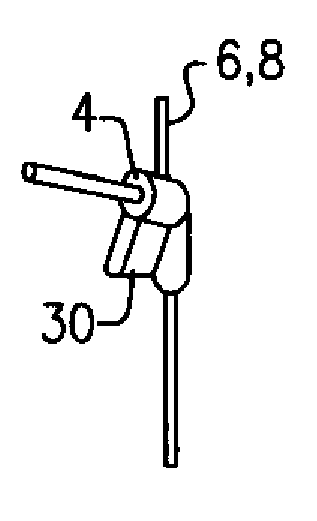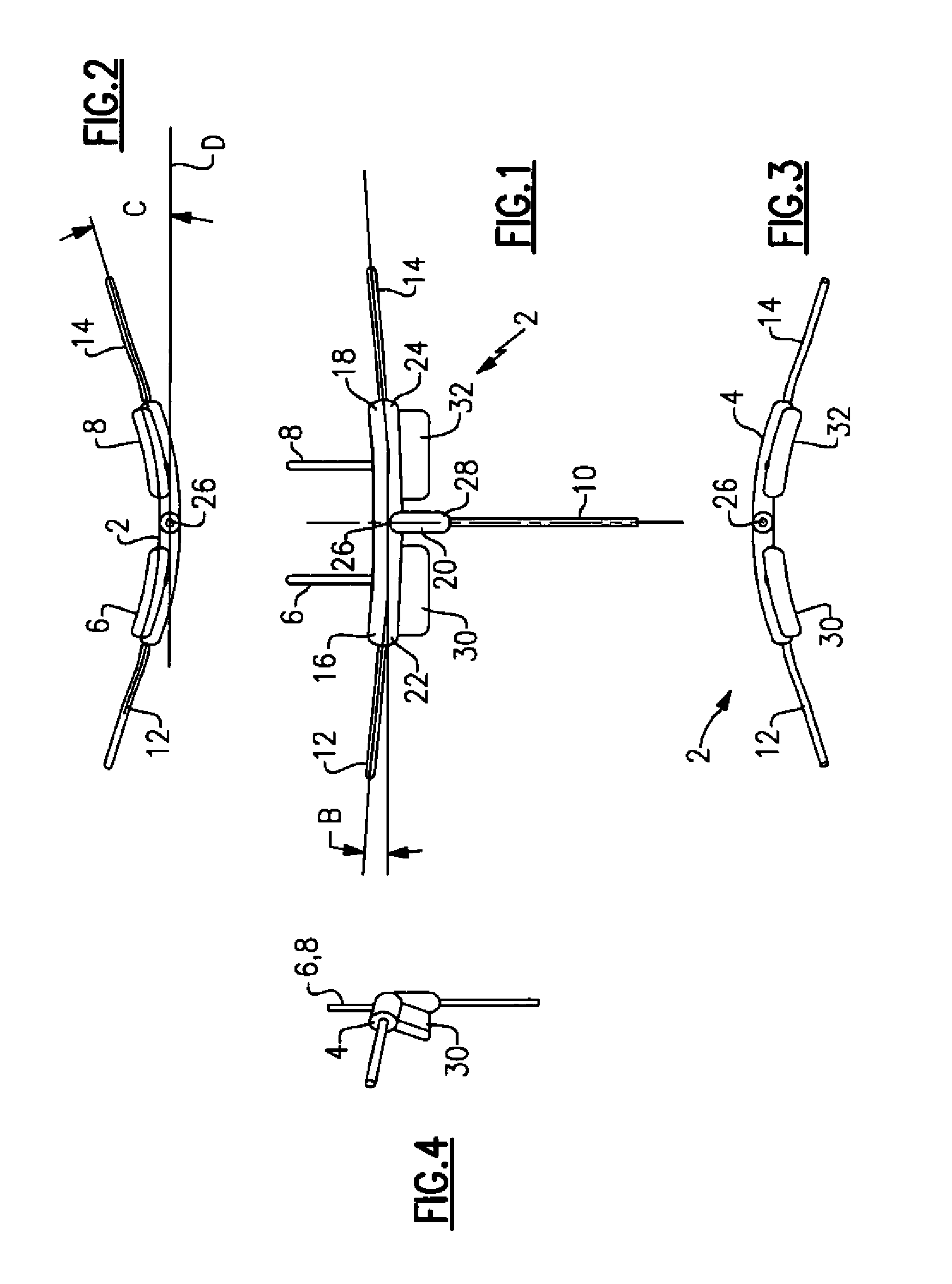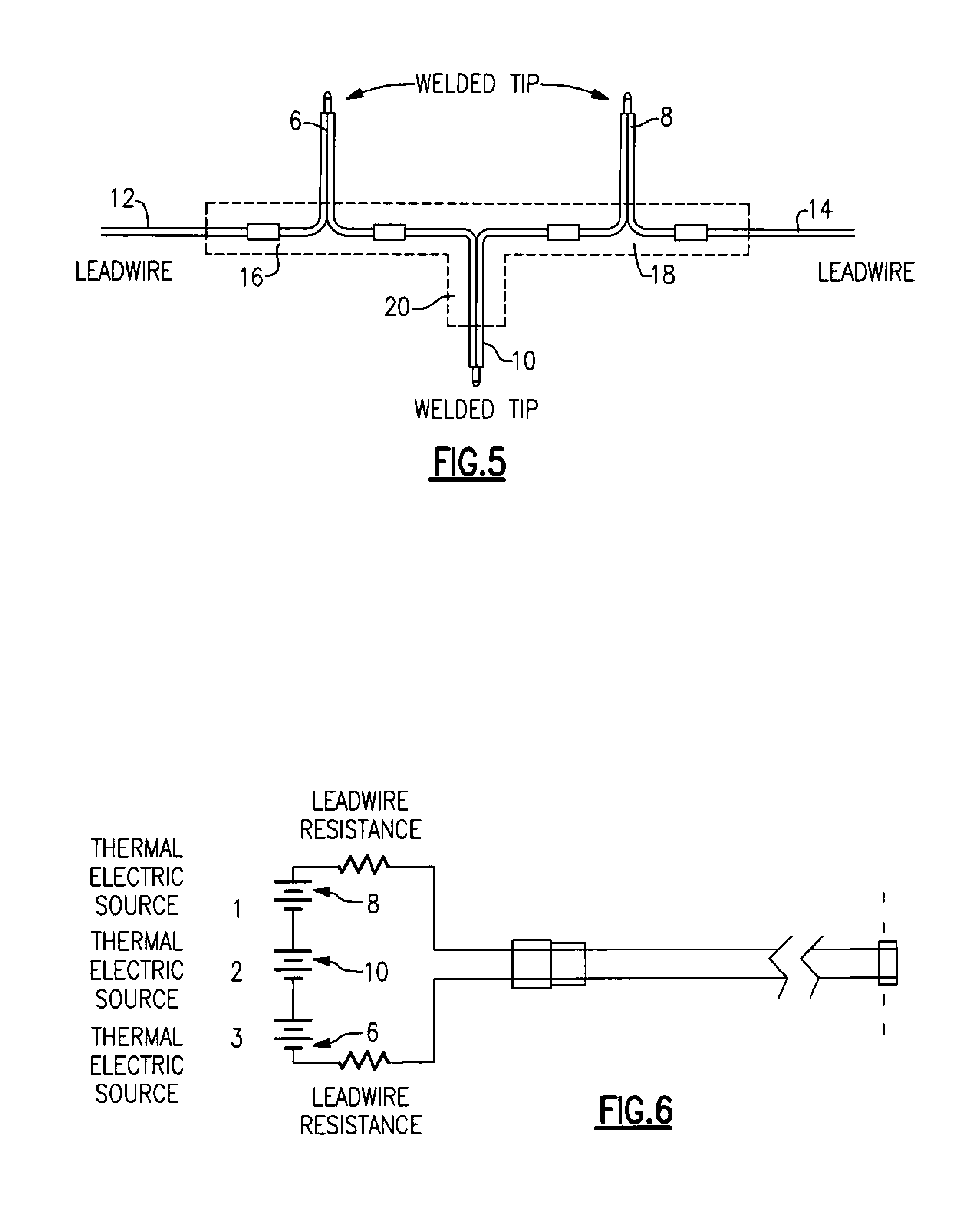Support structure for airflow temperature sensor and the method of using the same
a technology of temperature sensor and support structure, which is applied in the field of sleep monitoring and diagnosing system, can solve the problems of recurrent failure to breathe adequately during sleep, serious sleep apnea, and other health problems, and achieve the effect of facilitating the coupling of the temperature sensing devi
- Summary
- Abstract
- Description
- Claims
- Application Information
AI Technical Summary
Benefits of technology
Problems solved by technology
Method used
Image
Examples
Embodiment Construction
[0067]The present invention is directed to an apparatus and a method for monitoring and modeling a patient's breathing according to temperature measurements obtained during either an exhalation and / or an inhalation interval of a patient during a sleep diagnostic session. A temperature sensor—typically a thermocouple although other types of temperature sensors such as a thermistor, etc., could be used as well—is positioned adjacent the nares (nostrils) of the patient's nose (for nasal temperature sensing) and adjacent the patient's mouth (for oral temperature sensing). The obtained output signals, from the temperature sensor(s) which are then processed into the acquired air wave and airflow breathing data for input to conventional polysomnography equipment which produces an output representation of the patient's breathing cycle generally as a qualitative, viewable waveform.
[0068]It is preferable to measure temperature changes during the exhalation and the inhalation interval using a ...
PUM
 Login to View More
Login to View More Abstract
Description
Claims
Application Information
 Login to View More
Login to View More - R&D
- Intellectual Property
- Life Sciences
- Materials
- Tech Scout
- Unparalleled Data Quality
- Higher Quality Content
- 60% Fewer Hallucinations
Browse by: Latest US Patents, China's latest patents, Technical Efficacy Thesaurus, Application Domain, Technology Topic, Popular Technical Reports.
© 2025 PatSnap. All rights reserved.Legal|Privacy policy|Modern Slavery Act Transparency Statement|Sitemap|About US| Contact US: help@patsnap.com



